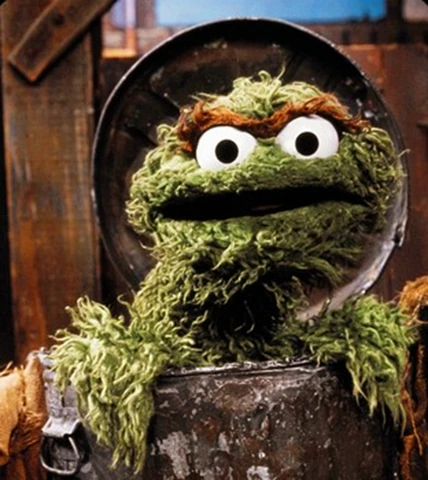Garbage is an ever present, unappealing part of today’s society. It burdens the mind with concerns over pollution and conservation. Just as easily, though, it can be swept out of mind by dropping it in the bin and leaving it for an early morning truck to disappear. In our own adaptation of Bill Rathje and Cullen Murphy’s Garbology project, we charted the deposition of trash, compost, and recycling in our own homes before analyzing the anonymous deposition of a classmate. While odd and sometimes gross, this project spotlights how archaeologists take the discards of the past and use them to describe the people who left them behind.
In the trash, compost, and recycling bins, the data were unsurprisingly in line with daily household activities — cooking meals was reflected in pasta boxes and frozen broccoli bags; cleaning up was seen in discarded paper towels and junk mail, and taking care of the oneself was reflected in a spent deodorant tube and Q-tips. What was surprising, however, was how easy it is to rely on thin evidence and assumptions to support broad conclusions about the person doing the discarding. The national brands of yellow pasta, marinara sauce, and broccoli suggest, because of my personal experience, a person who is new to cooking for themselves and hasn’t branched into more imaginative cooking. The national brands also suggest to me that the person isn’t exploring regional or local grocery stores and farmers’ markets. Maybe a newcomer to the area? Aside from relying on my subjective perspectives, all these interpretations are further made problematic by the short data collection period of one week. Imagine how a new job, school quarter, or travel plans might skew what you throw away and where.
For archaeologists tasked with interpreting the material record of past human life, recognizing the subjectivity we unavoidably bring with us is essential to any analysis. Our trash, ancient or modern, has a lot to say about us, the catch is in how we selectively give voice to these discarded objects.



